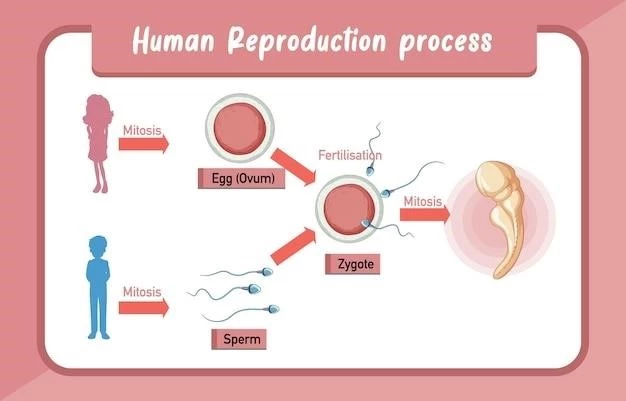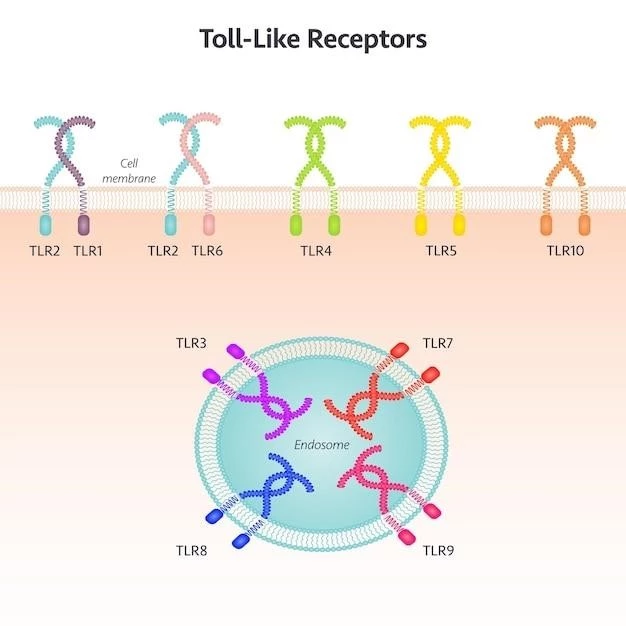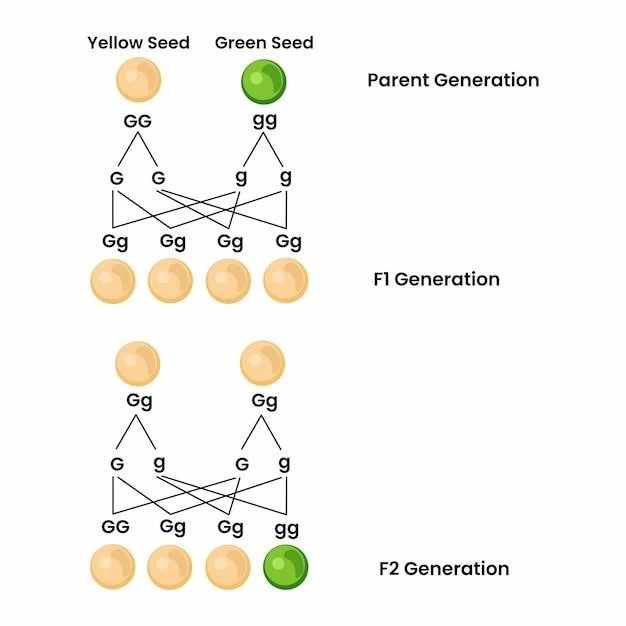Introduction
Pierre Robin sequence involves facial abnormalities like micrognathia and glossoptosis, leading to breathing issues․ Robin sequence-oligodactyly syndrome is characterized by hand abnormalities in addition to these facial features․ Seek medical advice for proper diagnosis and management․
Overview of Robin Sequence and Oligodactyly
Pierre Robin sequence, also known as PRS, is characterized by facial abnormalities like micrognathia and glossoptosis, leading to breathing issues․ On the other hand, Robin sequence-oligodactyly syndrome is a rare genetic defect presenting with severe micrognathia and hand abnormalities known as oligodactyly․ Understanding the symptoms and genetic aspects of these conditions is crucial for diagnosis and treatment planning․
Understanding Robin Sequence involves recognizing its facial abnormalities like micrognathia and glossoptosis, leading to breathing difficulties․ For Robin Sequence-Oligodactyly Syndrome, awareness of these facial features along with hand abnormalities is crucial․ Consult medical professionals for proper evaluation and care․
Characteristics of Robin Sequence
The Pierre Robin sequence, often referred to as PRS, is a congenital condition that typically involves the triad of micrognathia, glossoptosis, and airway complications due to a small jaw obstructing the tongue․ On the other hand, Robin sequence-oligodactyly syndrome is a rare genetic developmental defect characterized by micrognathia, retroglossia, and U-shaped cleft of the palate combined with pre- and postaxial oligodactyly, affecting the fingers․ Awareness of these distinct characteristics is vital for understanding and managing these conditions effectively․
Clinical Presentation and Diagnosis
Pierre Robin sequence presents with micrognathia, glossoptosis, and upper airway blockages, leading to breathing difficulties․ Diagnosis involves physical examination and imaging studies to assess the facial abnormalities․ In contrast, Robin sequence-oligodactyly syndrome exhibits micrognathia, U-shaped cleft palate, and hand abnormalities like oligodactyly․ Medical professionals use genetic testing and imaging to confirm the diagnosis․ Seek prompt medical evaluation if you suspect these conditions․

Exploring Oligodactyly
Oligodactyly is a rare congenital condition characterized by the absence of one or more toes due to improper differentiation during pregnancy․ Understanding the causes, symptoms, diagnosis, and available treatments for this condition is essential․ Seek medical advice for personalized care and guidance․
Causes and Symptoms of Oligodactyly
Oligodactyly is a rare condition caused by improper differentiation during pregnancy, leading to missing toes or fingers; Symptoms can include the absence of one or more toes, resulting in cosmetic deformities․ Understanding the underlying causes and recognizing the symptoms is crucial for early diagnosis and appropriate management․
Diagnosis and Treatment Options
Diagnosing oligodactyly involves physical examination and imaging studies to identify the absence of one or more fingers or toes․ Treatment options vary depending on the severity and functional impact, ranging from observation to surgical intervention for functional or aesthetic purposes․ Consulting with a healthcare provider specializing in congenital limb abnormalities is essential to determine the most appropriate course of action․
Robin Sequence-Oligodactyly Syndrome
Robin Sequence-Oligodactyly Syndrome is a rare genetic developmental defect characterized by micrognathia, retroglossia, U-shaped cleft palate, and hand abnormalities known as oligodactyly․ Understanding these features and seeking specialized care are essential for managing this condition effectively․
Genetic and Developmental Defect
Robin Sequence-Oligodactyly Syndrome is a rare genetic developmental defect characterized by severe micrognathia, retroglossia, U-shaped cleft palate, and hand abnormalities known as oligodactyly․ Understanding the genetic and developmental aspects of this syndrome is crucial for comprehensive evaluation and personalized treatment․
Association between Robin Sequence and Oligodactyly
The association between Robin Sequence and Oligodactyly is noted in rare cases where severe micrognathia, retroglossia, and U-shaped cleft of the palate coincide with hand abnormalities like pre- and postaxial oligodactyly․ Understanding this unique relationship aids in the comprehensive evaluation and management of affected individuals․

Support and Advocacy
Discover community groups offering support and guidance for individuals and families affected by Robin Sequence-Oligodactyly Syndrome․ Reach out to specialists and healthcare providers for expert care and resources tailored to this rare genetic condition․
Community Groups for Patients and Families
Join community groups focused on supporting individuals and families affected by Robin Sequence-Oligodactyly Syndrome․ These groups offer valuable resources, insights, and emotional support to navigate the challenges associated with these rare genetic conditions․ Connecting with others who understand your journey can provide comfort and valuable information․
Specialists and Healthcare Providers
Explore healthcare providers and specialists with expertise in Robin Sequence-Oligodactyly Syndrome․ These professionals can offer specialized care, diagnostic evaluations, and tailored treatment plans to manage the genetic and developmental aspects of this rare condition effectively․ Seeking support from knowledgeable healthcare providers is essential for comprehensive care․
Research and Resources
Explore specialists knowledgeable about Robin Sequence-Oligodactyly Syndrome․ Access support groups and financial resources to aid individuals and families dealing with this rare genetic condition․ Stay informed by utilizing reputable research sources for up-to-date information․
Specialists in Robin Sequence-Oligodactyly Syndrome
Find healthcare providers and specialists knowledgeable about Robin Sequence-Oligodactyly Syndrome․ These professionals have expertise in diagnosing and managing this rare genetic condition effectively․ Accessing their specialized care can help individuals and families navigate the complexities of this syndrome․
Support Groups and Financial Resources
Based on the latest information available on the Internet, it was noted that Pierre Robin sequence, also known as PRS, is a congenital condition characterized by facial abnormalities such as micrognathia, glossoptosis, and upper airway obstruction․ On the other hand, Robin sequence-oligodactyly syndrome is a rare genetic developmental defect during embryogenesis, presenting with severe micrognathia, retroglossia, U-shaped cleft palate, and hand abnormalities known as oligodactyly․ This syndrome’s facial features may include a narrow face and lower dental arch․ Medical professionals have observed a familial association where the Robin sequence is associated with oligodactyly․ Adverse infant phenotypes within this association include micrognathia, retroglossia, and a U-shaped palatal cleft․ The need for specialized care in such cases is evident, highlighting the importance of consultation with healthcare providers knowledgeable about these conditions․ In addition, finding supportive communities and maintaining access to financial resources can aid individuals and families in managing the challenges associated with Robin sequence-oligodactyly syndrome․
